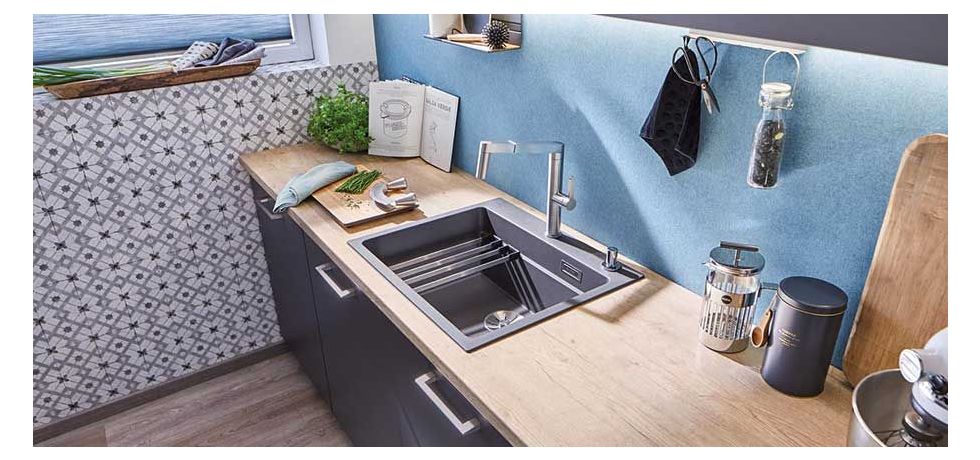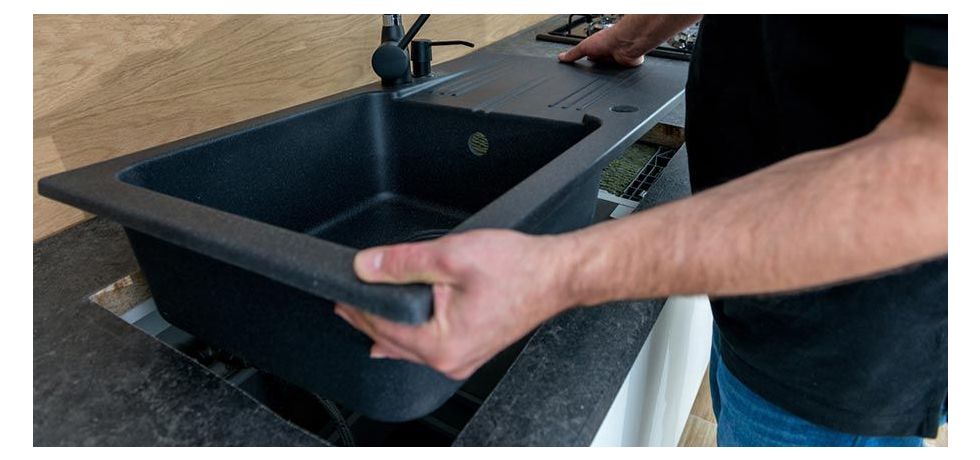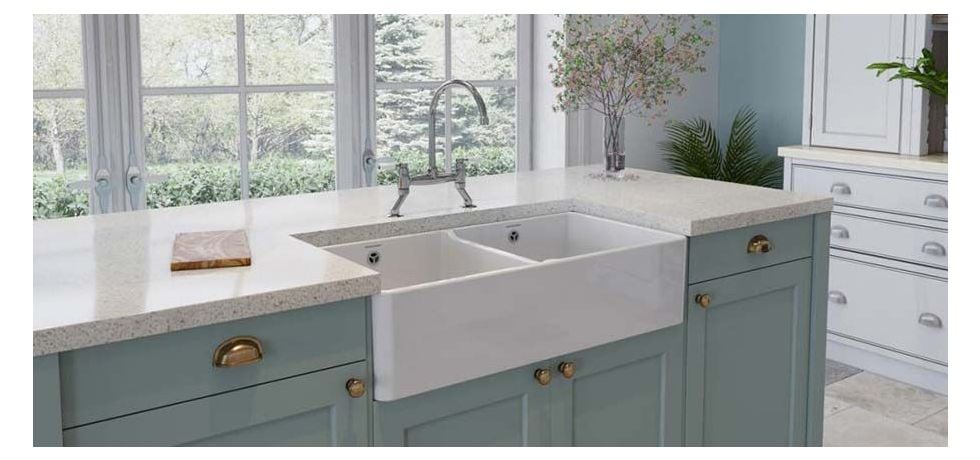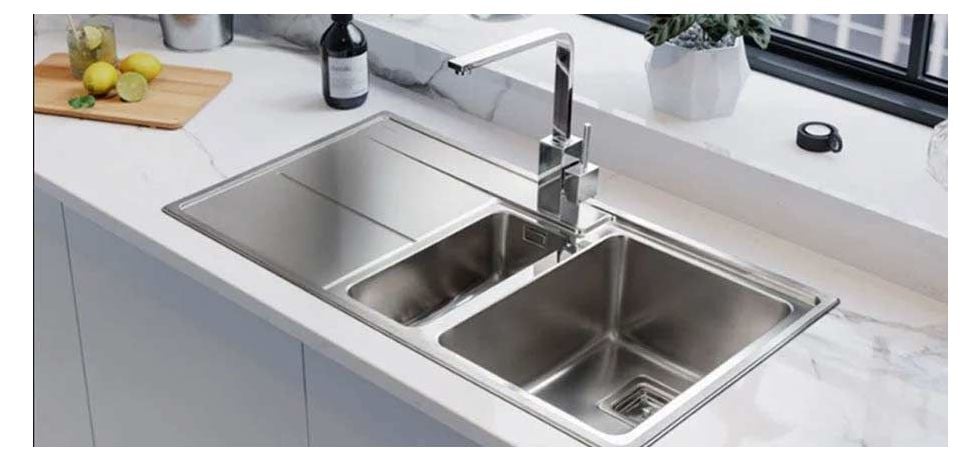When it comes to installing a kitchen sink, there are several mounting options to choose from. Each type has its benefits and drawbacks, and it is essential to understand these before making a decision. In this article, we'll explore the different kitchen sink mounting types and their features to help you choose the best one for your kitchen.
 Inset Mounting
Inset Mounting
Inset mounting, also known as top-mounting or drop-in, is the most common type of sink installation. It involves fitting the sink into a hole cut out of the countertop and securing it in place with clips. Inset mounting sinks are relatively easy to install, and it works with a variety of countertop materials, including laminate, solid surface, and granite.
One of the benefits of inset mounting is that it is a cost-effective option. The sink is supported by the countertop, which means that there is no need for additional support structures. Additionally, drop-in sinks are easy to replace or upgrade, which makes them a popular choice for homeowners who want to update their kitchen without breaking the bank.
However, drop-in sinks have a lip or rim around the edge of the sink, which can collect dirt and debris. This can make cleaning the sink a bit more challenging, and it can also make it harder to wipe down the countertop around the sink.
 Undermount Mounting
Undermount Mounting
Undermount mounting involves installing the sink beneath the countertop. In this type of installation, the sink is attached to the underside of the countertop with special clips or brackets. Undermount sinks are popular because they create a seamless look between the countertop and the sink.
One of the primary benefits of undermount mounting is that it makes cleaning the countertop around the sink much easier. Since there is no lip or rim, there are no seams for dirt and debris to collect in. Additionally, undermount sinks provide more counter space than drop-in sinks, as they do not take up any space on the countertop.
However, undermount mounting requires a solid countertop material, such as granite or quartz, to support the sink's weight. This means that undermount sinks can be more expensive to install than drop-in sinks. Additionally, because the sink is attached to the underside of the countertop, it can be challenging to replace or upgrade without damaging the countertop.
Conclusion:
In conclusion, choosing the right sink mounting type for your kitchen depends on your personal preferences, budget, and the type of countertop material you have. Drop-in mounting is a cost-effective and easy-to-install option, while undermount mounting provides a seamless look and easier cleaning. Integrated mounting offers a sleek and modern look, but it can be more expensive and challenging to replace. Regardless of which option you choose, a high-quality sink can make a big difference in the overall look and functionality of your kitchen.










